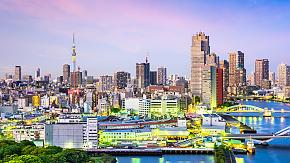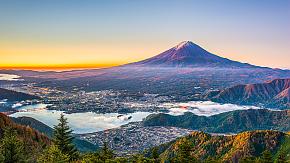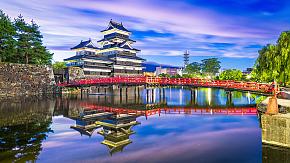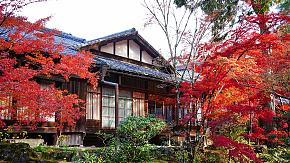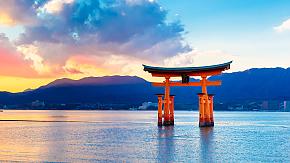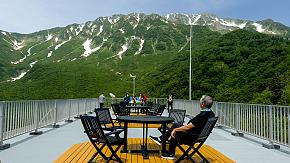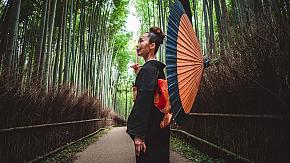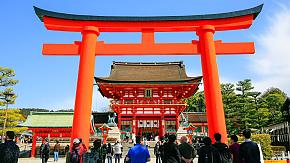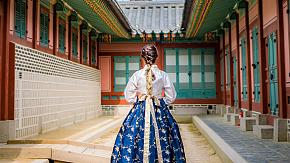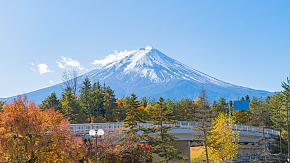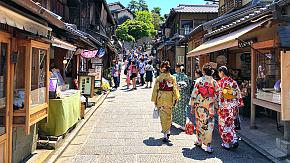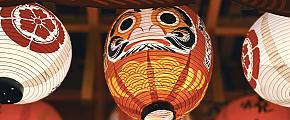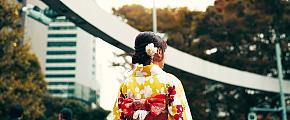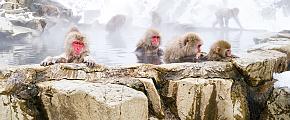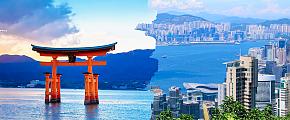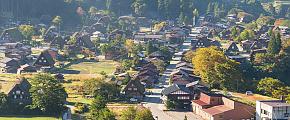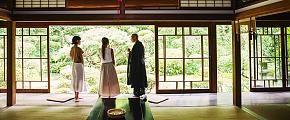Guide to Plan Your Trip to Japan 2026
Planning a trip to Japan can be quite a massive undertaking for first-timers - when is the best time to go, how many days to spend there, and how to schedule the itinerary? Let this latest guide simplify and clarify your research, from essential travel basics to sample itinerary ideas for reference. Read on to find the answers you need to start planning your ideal Japan tour!
Find out the Japan Basics Before You Go
- It is a visa-free country for most citizens in Europe & America (yet still check the visa policy before planning).
- Widespread Wi-Fi is available, but an eSIM card (for unlocked phones) and a pocket Wi-Fi rental (for locked phones) are recommended for mobile data.
- Credit cards are widely accepted, yet cash (Japanese Yen) is still appreciated in most local stores and izakaya restaurants.
- Tipping is not customary in Japan; a service charge is typically added to the final bill.
- Hotel rooms in Japan are usually smaller, no more than 30 ㎡ (323 ft²) in a 4-star hotel.
- Commonly used are two flat parallel prong plugs (Type A plug), so prepare a Type A plug adapter for your Type B plug.
- Tap water is safe to drink in Japan.
- Access for wheelchairs is available at around 95 percent of Japan's train stations, but challenges persist with taxis and public transport.
- A reservation is necessary:
- For those popular and high-end restaurants (Michelin, Omakase, Kaiseki Cuisine) - about 3-6 months in advance
- For the cherry blossom or fall foliage season - about 6 to 9 months early
- For ski resorts in Hokkaido or Hakuba - about 9 to 12 months forward
The Best Time to Visit Japan
Spring (March to May) and autumn (September to November) are the best times to visit Japan, when you can capture Japan's stunning colors with the ideal weather for hanging out.
Spring (March to May)
Keywords: the peak tourist season of cherry blossoms, crowded & more expensive
Highlighted by the cherry blossom season, Japan in spring is warm and pleasant, with mild temperatures ranging from 10 to 20℃ (50 to 68℉). You may still expect a few chilly days in early March, which will gradually be replaced by brighter sunshine in the second half.
- For budget-friendly sakura viewing: Late April to Mid-May
Related ArticlesLate Sakura Season 2026: Cherry Blossom in Northern Japan
Autumn (September to November)
Keywords: peak season of autumn leaves & harvest, less expensive than spring
Similar to spring, autumn in Japan is characterized by clear, crisp days with temperatures around 18 to 24°C (64 to 75°F). Layers and coats are useful for exploring at night, as well as from late October onwards when the temperature drops and the fall foliage changes color.
- For a quiet sightseeing atmosphere: September
 Fall Foliage at Daigo-ji Temple, Kyoto
Fall Foliage at Daigo-ji Temple, Kyoto
Winter (December to February)
Keywords: shoulder season, powder snow skiing, Snow Festivals, Christmas & New Year's Celebrations
Winter in Japan is cool and dry, with common snowfall of an extremely high quality for your ski fun. The highest temperature in central Japan is no more than 10℃ (50℉), but paired with plenty of sunshine, it is not a winter too cold to bear.
- For early cherry blossoms: February
Summer (June to August)
Keywords: low season with more rainfalls, fireworks & festivals, affordable
Including the rainy season from June to July, Japan's summer is more humid and sweaty - you may encounter a higher temperature from 22 to 32℃ (72 to 90℉), and with barely 100% humidity, it feels more like over 40℃ (104℉). Searching for some early morning sightseeing or nighttime activities will be more helpful for your summer vacation in Japan.
- For the best summer holiday: early June, late July, and August
How Many Days to Stay in Japan
A 10-day trip is usually long enough to experience many of Japan's highlights at a relaxed pace, taking in the best and classic scenery through the golden triangle of Tokyo, Kyoto, and Osaka.
However, with its varied landscapes and culture, Japan is a charming island where you could easily spend more time. You can extend your adventure by 1 or 2 days to explore a new city, or try a week-long journey to see more of Tokyo and take a day trip to the surrounding area.
5 to 7 Days - Classic Tour for Highlights
Best for a single city exploration (Tokyo, Kyoto) with day trips around, or a quick trip to Tokyo and Kyoto to take a glimpse of Japan. For example:
- Tokyo (3D) - Mt. Fuji (1D) - Hakone (1D)
- Tokyo (2-3D) - Kyoto (2-3D) - Osaka (1D)
10 to 14 Days - Ideal Duration at Leisurely Pace
The most recommended duration to plan a trip to Japan, ideal for the area adventure like the golden triangle city, Kyushu, and the Hokkaido region, with more time to sample the cultural and natural experiences:
- Tokyo (2-3D) - Mt. Fuji (1D) - Kyoto (2-3D) - Nara (1D) - Osaka (1-2D)
- Tokyo (2-3D) - Sapporo (1-2D) - Otaru (1-2D) - Niseko (1-2D) - Toya (1D) - Noboribetsu (1-2D)
(Late March – Mid-April)
14+ Days - for Detailed & Further Exploration
With more days to create your schedule, you can make your Japan trip with more experiences, from more cities to drop by, to multiple hands-on activities to immerse yourself. Or, consider the multi-country journey that combines Japan with its neighbors: China, South Korea, and more.
Top Places to Go for a Japan Trip
Tokyo
- Best Time: all year
- Best for: first-time visitors, family trip, honeymoon
- Duration: 2 to 5 days
- Where to Stay: Shinjuku, Roppongi, Akihabara
Tokyo is the ideal first stop to feel the country. Combining the modern and traditional, you can experience most of Japan here, from host clubs to alley izakaya bars, neon light streets to ancient temples, and not to mention those various museums for family fun or seasonal colors.
With more time to stay in Tokyo, you can also enjoy the idyllic countryside life in Hakone with hot springs on your day trips, as well as the iconic Mt. Fuji against the lake and a pagoda.
Kyoto
- Best Time: spring & autumn (snowy temple scenery in winter is also recommended)
- Best for: first-time visitors, cultural & traditional experiences
- Duration: 2 to 4 days
- Where to Stay: Kamigyo & Shimogyo Ward
Known as the ancient capital of Japan, Kyoto is the top recommended city to see the traditional side of Japan - whether the temple collection with kimono dressing, or the authentic cultural taste from the tea ceremony to flower arrangement. You can feel the true Japanese elegance here with geisha and maiko, samurai and ninja.
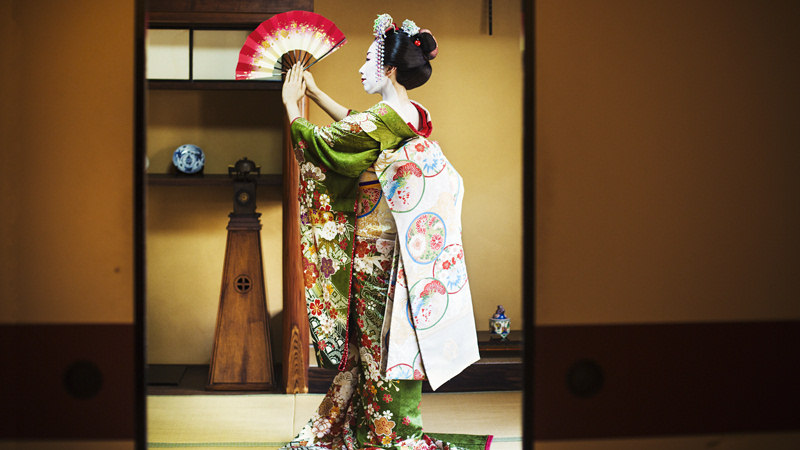 Geisha Experience in Gion, Kyoto
Geisha Experience in Gion, Kyoto
Osaka
- Best Time: spring & autumn
- Best for: food tour, family tour, relaxation, day trips
- Duration: 1 to 3 days
- Where to Stay: Kita (Umeda) and Minami (Namba)
Like Tokyo, Osaka is the largest city in western Japan and a popular starting point for exploring the rest of the country. However, it is its cosy atmosphere that makes it unique and popular. You can enjoy a 1- or 2-day food tour to satisfy your taste buds, or relax with your family and friends at Universal Studios Japan. As for the next, it is highly recommended that you leave time for day trips to Nara, Kobe, or Himeji.
Where to Go for More Cultural Experiences
- Kamakura - a coastal city with Buddhist statues & fireworks
- Kanazawa - Little Kyoto on the west coast
- Shirakawago - a tranquil Japanese village with thatched-roof houses
Where to Go for Stunning Natural Beauty
- Nagano - central highland beauty for hiking & skiing
- Hokkaido - a year-round destination for national parks & flower fields
- Kyushu - Japanese wild beauty from volcanoes to primeval forests
Top Things to Experience Authentic Japan
Joining a Tea Ceremony With Geisha & Maiko
Always the must-do when visiting Kyoto, with more ancient tea houses you can find along Gion's stone path. Just imagine your leisure afternoon tea in Japanese style - freshly made matcha served by a geisha lady, accompanied by traditional music and dance against the tranquil rock garden. If you prefer, the kimono dressing experience or the maiko make-up is also available for your immersive soak.
Enjoy the Sumo Competition
For some traditional but also exciting experiences in Japan, add sumo wrestling to your to-do list. Apart from witnessing their thrilling muscle-to-muscle competition, a friendly match with a retired wrestler is not impossible - warm up your body and step into the sand ring! Also, enjoy the traditional sumo meal, Chankonabe (sumo hot pot), after the competition.
Do as Samurai & Ninja Do
Samurai and ninja, one of the most mysterious and charming sides of Japan. For a basic try, you can pick 1 or 2 samurai and ninja museums to learn some stories behind the history, and join the lessons to wave a samurai sword or through the ninja shuriken. Some traditional kendo gyms also offer a further fighting technique with swords, and do not miss the Ninja Restaurant for a special themed dinner.
Average Cost for a Japan Trip
Travel costs in Japan can be relatively expensive by Asian standards, but compared to Europe and Australia, it is still a moderate destination. Labor costs still account for the largest proportion, but prices for food and rooms are affordable, and there are various options to make your journey a budget or luxury trip.
Private Japan tour: about 350 to 500$ per day per person (15% for 4-Star room, 10% for attraction and activity tickets, 40% for private car & 30% for private guide)
Note: prices may double or triple during the peak travel season (cherry blossom season from late March to early April, golden week from late April to early May, obon festival in mid-August)
Transport to Get in & Around Japan
How to Get to Japan When Landing in Tokyo
For visitors from the US, Haneda (HND) is now a more popular choice due to the increasing flight service of US airlines, while Narita (NRT) remains the best option for most international travelers.
| Airport | Narita International Airport (NRT) | Haneda Airport (HND) |
| Distance to central Tokyo | 47 miles (about a 1-hour drive) | 13 miles (about a 30-minute car or train ride) |
| Flights | more international routes | domestic & long-haul to and from the US |
| Best for | more lounge selections, budget flights | quick sightseeing, business travel |
| Places to go | Asakusa, Ueno, Tohoku | Shibuya, Shinjuku, Yokohama |
How to Get to Japan When Landing in Osaka
Kansai International Airport (KIX) in Osaka is also recommended if you want to explore the western part of the country first, including Kyoto, Nara, Kobe, Hiroshima, and the Kyushu and Shikoku regions. It takes between 50 and 60 minutes by car or train to reach downtown Osaka.
How to Get Around Japan
To travel around Japan, you can take advantage of the railway system most of the time. But for short-distance journeys, like day trips from Tokyo to Mt. Fuji or Nikko, a private car drive can be more convenient.
- Shinkansen: for quick city-to-city transit (Tokyo to Osaka, Osaka to Hiroshima)
- Limited express & rapid trains: attraction-to-attraction city sightseeing (or leave it to your private driver)
Sample Japan Itinerary for Your Reference
Classic Japan Tour for First Timers
Route: Tokyo - Hakone - Kyoto - Osaka
Including most of Japan's iconic highlights and experiences, from the bustling Tokyo with Mt. Fuji and Hakone day trip, ancient Kyoto to take a glimpse of the culture, to the lazy food tour around Osaka - also includes some popular cherry blossoms and fall foliage viewing spots to enjoy Japan's seasonal colors.
| Day | Things to Do | Overnight |
| Day 1 - 2 | Meiji Shrine, East Gardens of the Imperial Palace, Senso-ji Temple | Tokyo |
| Day 3 | Fuji Five Lake, Mount Fuji Panoramic Ropeway, Lake Kawaguchiko Boat Ride | Hakone |
| Day 4 - 6 | Fuji-Hakone-Izu National Park, Kinkaku-ji Temple, Nijo Castle, Fushimi-Inari Shrine | Kyoto |
| Day 7 - 8 | Dotonburi Food Tour | Osaka |
| Day 9 | Departure Japan - End of Trip | - |
Still looking for more ideas to plan your trip to Japan? Contact us for more details and inspiration.
Related Posts You May Like
What Our Clients Say
Explore the latest verified reviews of Odynovo's travel services on Tripadvisor, Google, Trustpilot, Product Review and more trusted platforms.

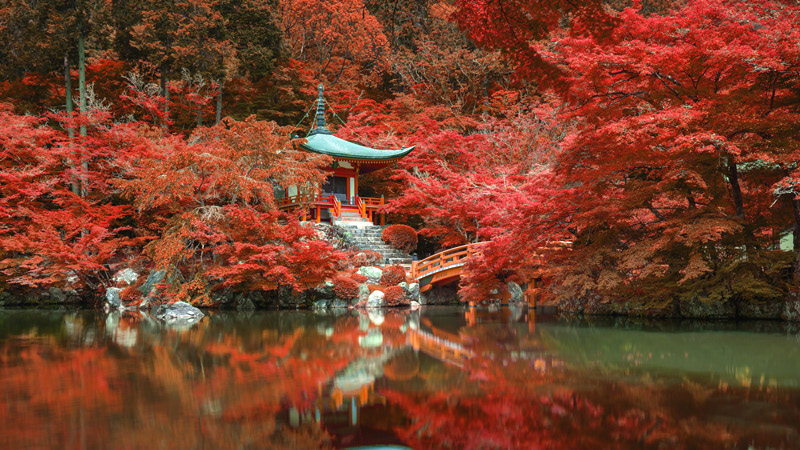 Fall Foliage at Daigo-ji Temple, Kyoto
Fall Foliage at Daigo-ji Temple, Kyoto
